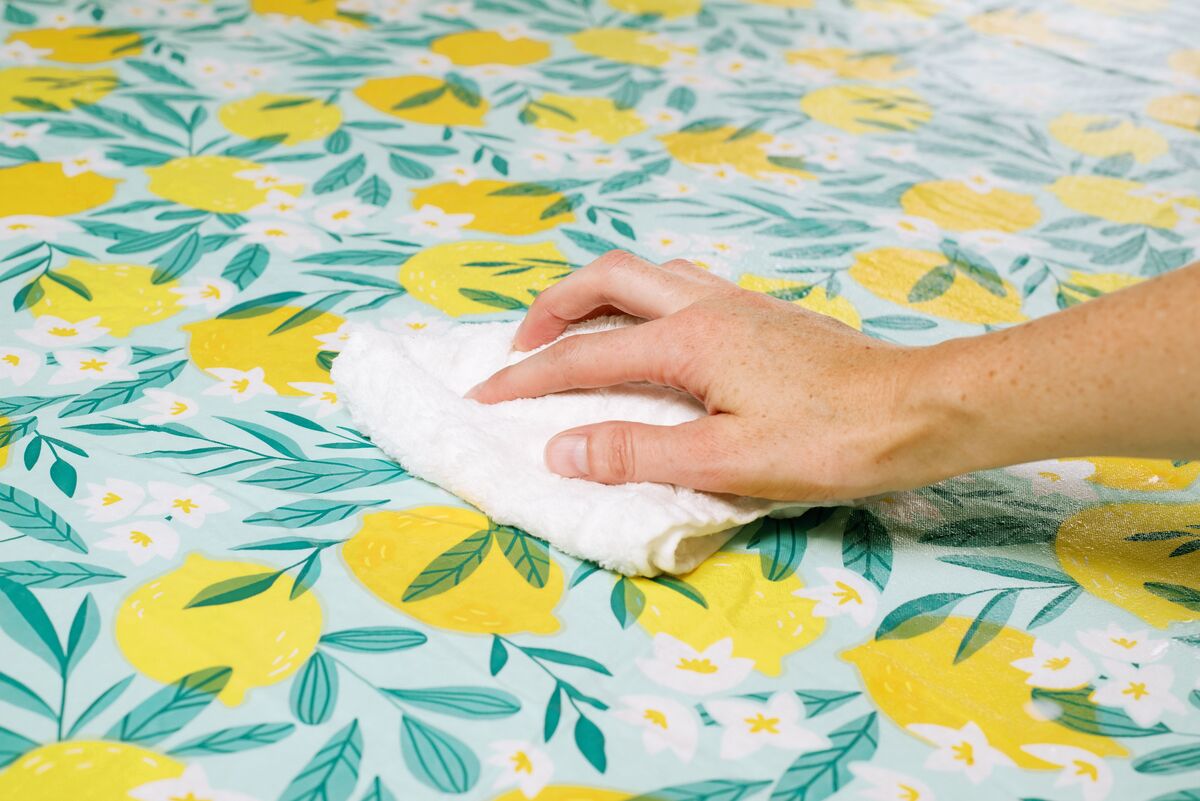

Tableware
How To Clean A Plastic Tablecloth
Modified: August 22, 2024
Keep your tableware looking like new with our step-by-step guide on how to clean a plastic tablecloth. Say goodbye to stains and dirt with these easy cleaning tips!
(Many of the links in this article redirect to a specific reviewed product. Your purchase of these products through affiliate links helps to generate commission for Storables.com, at no extra cost. Learn more)
Introduction
Welcome to a comprehensive guide on how to clean a plastic tablecloth. Tablecloths are not only a practical addition to any tabletop, but they also add a touch of elegance and charm to your dining space. Plastic tablecloths are a popular choice due to their durability, affordability, and easy maintenance. However, they can still become dirty and stained over time, especially after frequent use.
In this article, we will walk you through the step-by-step process of cleaning a plastic tablecloth to keep it looking fresh and pristine. Whether you need to remove crumbs, wine spills, or stubborn stains, we’ve got you covered. By following these cleaning techniques, you’ll be able to prolong the lifespan of your plastic tablecloth and continue enjoying its beautiful appearance for many meals to come.
Before we dive into the cleaning process, let’s quickly gather the necessary supplies.
Key Takeaways:
- Keep your plastic tablecloth looking fresh and pristine by gathering the necessary supplies, pre-treating stains, and choosing between gentle hand washing or machine washing to maintain its beautiful appearance for many meals to come.
- Ensure the longevity of your plastic tablecloth by following long-term maintenance tips such as wiping up spills immediately, using coasters and placemats, and storing it properly to preserve its elegance and functionality for years to come.
Read more: How To Decorate With Plastic Tablecloths
Gather Cleaning Supplies
Before you embark on the journey of cleaning your plastic tablecloth, it’s essential to gather the necessary cleaning supplies. Having everything you need on hand will streamline the process and ensure that you can tackle any stains or dirt effectively. Here are the supplies you’ll need:
- Mild Dish Soap: Opt for a gentle dish soap that is free from harsh chemicals and fragrances. This will help prevent any damage to the plastic material.
- Baking Soda: Baking soda is a versatile cleaning agent that can help remove stubborn stains and odors.
- White Vinegar: White vinegar is another effective natural cleaner that can be used to tackle tough stains and brighten the tablecloth.
- Soft-Bristled Brush: Choose a brush with soft bristles to avoid scratching or damaging the plastic surface.
- Lint-Free Cloth or Sponge: Use a lint-free cloth or sponge to gently scrub the tablecloth and remove dirt and stains.
- Bucket or Sink: You’ll need a clean bucket or sink large enough to hold the tablecloth and allow for easy washing.
- Warm Water: Fill the bucket or sink with warm water to create a gentle cleaning solution.
- Drying Rack or Clothesline: Prepare a drying area where you can hang the tablecloth to dry thoroughly.
Once you have gathered all the necessary supplies, you’re ready to begin the cleaning process. Let’s move on to the next step: shaking off loose debris.
Shake Off Loose Debris
Before diving into the actual cleaning process, it’s important to shake off any loose debris from your plastic tablecloth. This step will help remove crumbs, food particles, or any other loose dirt that might be clinging to the surface.
To start, take the tablecloth outside or to an area where you can easily shake it without creating a mess. Hold one end of the tablecloth firmly and gently shake it to dislodge any loose debris. You can also give it a quick flick with your hand to help loosen any stubborn crumbs.
If you notice larger pieces of debris that are not easily shaken off, use a soft-bristled brush or a lint-free cloth to brush them away. Be gentle to avoid damaging the plastic material.
Once you have effectively removed the loose debris, it’s time to move on to the next step: pre-treating stains.
Pre-Treat Stains
Stains on a plastic tablecloth can be unsightly and challenging to remove if not addressed promptly. That’s why pre-treating stains is an important step in the cleaning process. By treating stains before washing the tablecloth, you can increase the chances of fully removing them.
Here are some common types of stains you might encounter on your plastic tablecloth and how to pre-treat them:
- Food Stains: For food stains, start by gently scraping off any excess food particles with a spoon or a dull knife. Then, create a paste by mixing water and baking soda to form a thick consistency. Apply the paste to the stained area, gently rubbing it with a soft-bristled brush or a sponge. Let it sit for about 15 minutes before rinsing it off with warm water.
- Grease Stains: Grease stains can be tricky, but you can tackle them by sprinkling a generous amount of baking soda directly onto the stained area. Let it sit for a few minutes to absorb the grease. Then, dampen a cloth or sponge with warm water and gently scrub the area in a circular motion. Rinse with warm water and repeat if necessary.
- Red Wine Stains: To deal with red wine stains, act quickly. Blot the stain with a clean cloth or paper towel to soak up as much wine as possible. Then, mix equal parts of water and white vinegar and apply it to the stain using a cloth or sponge. Gently blot the area until the stain starts to fade. Finally, rinse the area with warm water.
- Ink Stains: Ink stains can be challenging to remove, but you can try using rubbing alcohol or nail polish remover. Apply a small amount to a cloth or cotton ball and gently dab the stain, taking care not to spread it further. Rinse the area with warm water and repeat the process if needed.
Remember to always test any cleaning solution on a small, inconspicuous area of the tablecloth before applying it to the entire stain. This will help ensure that the solution doesn’t cause any discoloration or damage to the plastic material.
Once you have pre-treated the stains, it’s time to move on to hand washing the tablecloth.
Hand Wash the Tablecloth
Hand washing is a gentle and effective method for cleaning a plastic tablecloth. It allows you to have better control over the cleaning process and ensures that the tablecloth is treated with care. Follow these steps to hand wash your tablecloth:
- Fill a clean sink or bucket with warm water. Add a small amount of mild dish soap and mix it gently to create a soapy solution.
- Place the tablecloth in the soapy water, ensuring that it is fully submerged. Gently agitate the water with your hands to loosen any dirt or stains.
- Use a soft-bristled brush or a lint-free cloth to gently scrub the tablecloth, paying extra attention to stained areas. Work in a circular motion to avoid creating any damage.
- Continue to gently scrub the entire surface of the tablecloth, focusing on any remaining stains. If necessary, you can use a small amount of baking soda or white vinegar on stubborn stains, applying it directly and gently scrubbing with the brush or cloth.
- Once you are satisfied with the cleanliness of the tablecloth, drain the soapy water from the sink or bucket. Rinse the tablecloth under clean running water to remove any soap residue.
- Squeeze out any excess water from the tablecloth, taking care not to wring or twist it, as this can damage the plastic material.
- Inspect the tablecloth for any remaining stains. If you notice any, repeat the hand washing process or move on to machine washing.
Hand washing is a suitable cleaning method for delicate or heavily stained plastic tablecloths. However, if your tablecloth is made of a sturdier plastic material and the stains persist, you can opt for machine washing, as we’ll discuss in the next section.
Now that you’ve hand washed the tablecloth, it’s time to move on to the next step: machine washing, if necessary.
To clean a plastic tablecloth, simply wipe it down with a damp cloth and mild soap. For tougher stains, soak the tablecloth in a mixture of warm water and dish soap before wiping it clean. Avoid using harsh chemicals or abrasive scrubbers to prevent damage to the plastic.
Read more: How To Keep A Plastic Tablecloth In Place
Machine Wash the Tablecloth
If hand washing wasn’t enough to fully remove stains from your plastic tablecloth or if you prefer a more convenient method, machine washing can be a great option. However, it’s important to note that not all plastic tablecloths are suitable for machine washing, so be sure to check the care instructions provided by the manufacturer.
Here are the steps to safely machine wash your plastic tablecloth:
- Check the care instructions: Before proceeding, make sure the tablecloth is machine washable. Look for any specific instructions or temperature settings provided by the manufacturer.
- Place the tablecloth in the washing machine: Place the tablecloth in the machine and ensure that it is evenly distributed to avoid any imbalance during the wash cycle.
- Select a gentle cycle: Choose a delicate or gentle cycle with a low spin speed to protect the tablecloth from excessive agitation.
- Add a mild detergent: Add a small amount of mild, color-safe detergent. Avoid using any harsh chemicals or bleach, as they can damage the plastic material.
- Wash on a cool temperature: Set the washing machine to a cool or cold water temperature to prevent the plastic from warping or melting.
- Avoid using fabric softener: Fabric softeners can leave a residue on the tablecloth, so it’s best to skip this step.
- Remove promptly after the wash cycle: Once the wash cycle is complete, promptly remove the tablecloth from the machine to prevent wrinkling or creasing.
After machine washing, check the tablecloth for any remaining stains. If stains persist, consider repeating the hand washing process or treating the stains specifically before giving it another cycle in the washing machine.
Now that your tablecloth is clean and fresh, it’s time to move on to the next step: drying.
Dry the Tablecloth
Properly drying your plastic tablecloth is crucial to prevent any unwanted mold or mildew growth and to ensure it is ready for use. Follow these steps to effectively dry your tablecloth:
- Gently squeeze out excess water: After removing the tablecloth from the washing machine or finishing the hand washing process, gently squeeze out any excess water. Avoid wringing or twisting the tablecloth, as this can damage the plastic material.
- Shake off excess water: Give the tablecloth a good shake to remove any remaining droplets of water.
- Hang to dry: Hang the tablecloth on a drying rack or clothesline. Ensure that it is evenly spread out and not folded or creased. This will help air circulate and speed up the drying process.
- Avoid direct sunlight: It’s best to avoid drying the tablecloth under direct sunlight, as the heat can cause the plastic material to warp or fade over time.
- Allow sufficient drying time: The drying time can vary depending on the environmental conditions. It’s important to be patient and allow the tablecloth to air dry completely before using or storing it.
Once the tablecloth is dry, you can move on to the optional step of ironing it to remove any wrinkles or creases.
Now that your tablecloth is clean and dry, let’s move on to the next step: ironing (optional).
Iron the Tablecloth (Optional)
If you prefer a pristine and wrinkle-free appearance for your plastic tablecloth, you may choose to iron it. Ironing can help smooth out any wrinkles or creases that may have formed during the washing and drying process. However, it’s important to note that not all plastic tablecloths are suitable for ironing, so check the care instructions provided by the manufacturer.
Here are the steps to safely iron your plastic tablecloth:
- Check the care instructions: Make sure that the tablecloth is labeled as safe for ironing. Look for any specific instructions or temperature settings provided by the manufacturer.
- Set the iron to a low heat setting: Plastic tablecloths are sensitive to heat, so it’s crucial to use a low heat setting on your iron. Avoid using steam as it may cause the plastic to warp or melt.
- Protect the tablecloth: Place a clean white cloth or an ironing cloth over the tablecloth before ironing. This will act as a protective barrier and prevent direct contact between the hot iron and the plastic material.
- Gently iron the tablecloth: Working in small sections, slowly glide the iron over the cloth-covered tablecloth. Apply light pressure and avoid leaving the iron in one place for too long to prevent overheating the plastic.
- Smooth out wrinkles: Pay special attention to any visible wrinkles or creases. Gently maneuver the iron over those areas until they are smooth.
- Allow the tablecloth to cool: After ironing, allow the tablecloth to cool completely before using or storing it. This will prevent any new wrinkles from forming due to heat.
Remember, ironing is an optional step and should only be done if the tablecloth is suitable for it. If in doubt, skip this step to avoid damaging the plastic material.
Now that your tablecloth is clean, dry, and possibly ironed, let’s move on to some tips for long-term maintenance.
Tips for Long-Term Maintenance
To keep your plastic tablecloth looking its best and maintain its longevity, here are some valuable tips for long-term maintenance:
- Wipe up spills immediately: Whenever a spill occurs, whether it’s food, beverages, or any other liquid, be sure to promptly wipe it up. This will prevent stains from setting and make the cleaning process much easier.
- Use coasters and placemats: To protect your tablecloth from heat and potential damage, use coasters and placemats under hot dishes, plates, and cups. This will prevent direct contact and reduce the risk of melting or discoloration.
- Avoid cutting directly on the tablecloth: Sharp utensils or knives can easily scratch or cut the plastic material. Always use a cutting board or mat to protect the tablecloth when preparing food.
- Store properly: When not in use, carefully fold or roll the tablecloth and store it in a cool, dry place away from direct sunlight. This will help prevent discoloration and prolong its lifespan.
- Regularly inspect and clean: Periodically inspect your tablecloth for any stains, damage, or signs of wear. Clean it as needed to maintain its appearance and hygiene.
- Avoid harsh chemicals: When cleaning your tablecloth, avoid using harsh chemicals, bleach, or abrasive cleaners, as they can damage the plastic material and cause discoloration.
- Rotate your tablecloth: If you have multiple plastic tablecloths, consider rotating them periodically. This will distribute the wear evenly and extend the lifespan of each tablecloth.
- Follow manufacturer’s instructions: Always refer to the care instructions provided by the manufacturer. They may have specific recommendations on cleaning methods, temperatures, and other guidelines to ensure the best care for your tablecloth.
By following these tips, you can maintain the beauty and functionality of your plastic tablecloth for years to come.
Now that we’ve covered the tips for long-term maintenance, let’s conclude our guide on how to clean a plastic tablecloth.
Conclusion
Cleaning a plastic tablecloth doesn’t have to be a daunting task. With the right techniques and some simple steps, you can keep your tablecloth looking fresh, clean, and beautiful for countless meals and gatherings. By following the guidance provided in this comprehensive guide, you can effectively remove stains, dirt, and debris from your tablecloth while maintaining its longevity.
Remember to gather all the necessary cleaning supplies, including mild dish soap, baking soda, white vinegar, a soft-bristled brush, and a lint-free cloth, before you begin. Shake off any loose debris and pre-treat stains to ensure the best cleaning results. Whether you choose to hand wash or machine wash your tablecloth, use gentle techniques and suitable cleaning solutions to protect the plastic material.
After washing, take the time to properly dry your tablecloth by gently squeezing out excess water and allowing it to air dry on a drying rack or clothesline. Ironing, though optional, can give your tablecloth a smooth and wrinkle-free appearance, but remember to follow the manufacturer’s instructions and use a low heat setting.
Long-term maintenance is key to preserving the beauty and lifespan of your plastic tablecloth. Wiping up spills immediately, using coasters and placemats, and properly storing the tablecloth when not in use are essential practices. Regular inspection and cleaning, avoiding harsh chemicals, and following the manufacturer’s instructions further contribute to maintaining the tablecloth’s integrity.
With these techniques and tips, you can keep your plastic tablecloth looking its best, ensuring that it continues to enhance your dining space with elegance and functionality. So go ahead, host memorable meals, and enjoy the convenience of a clean and well-maintained plastic tablecloth!
Frequently Asked Questions about How To Clean A Plastic Tablecloth
Was this page helpful?
At Storables.com, we guarantee accurate and reliable information. Our content, validated by Expert Board Contributors, is crafted following stringent Editorial Policies. We're committed to providing you with well-researched, expert-backed insights for all your informational needs.
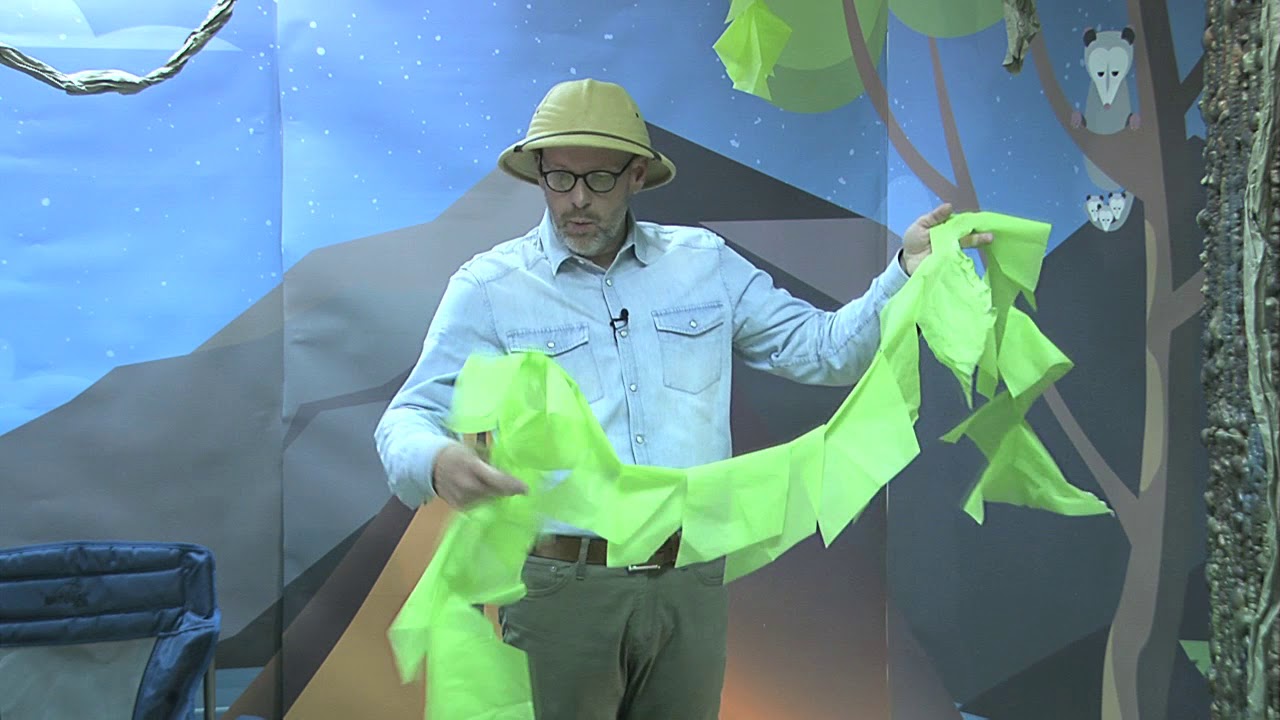
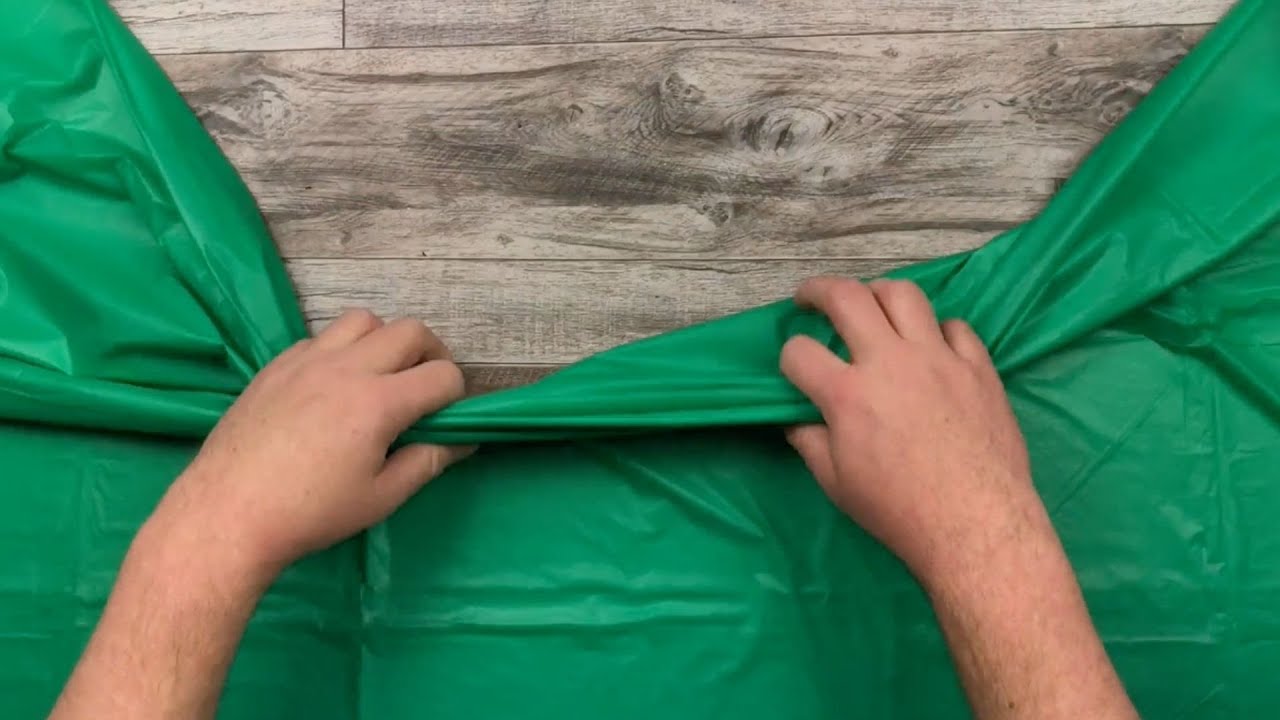

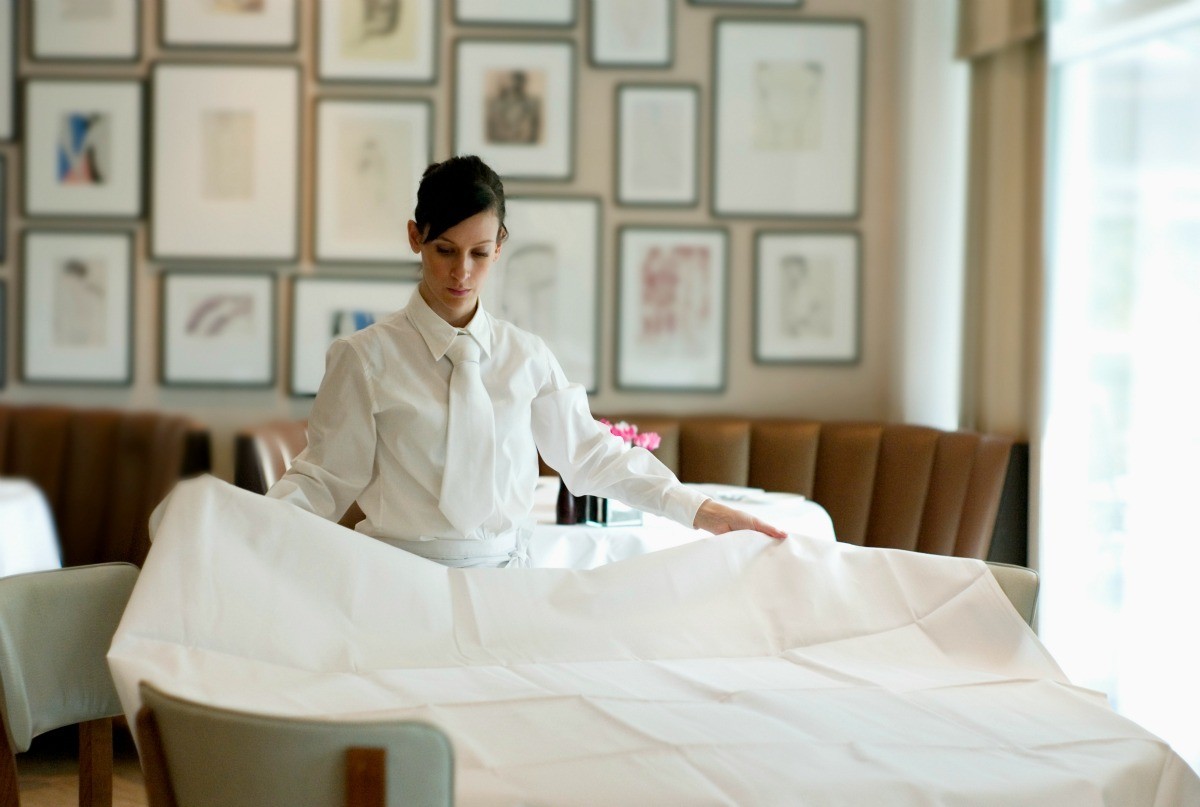
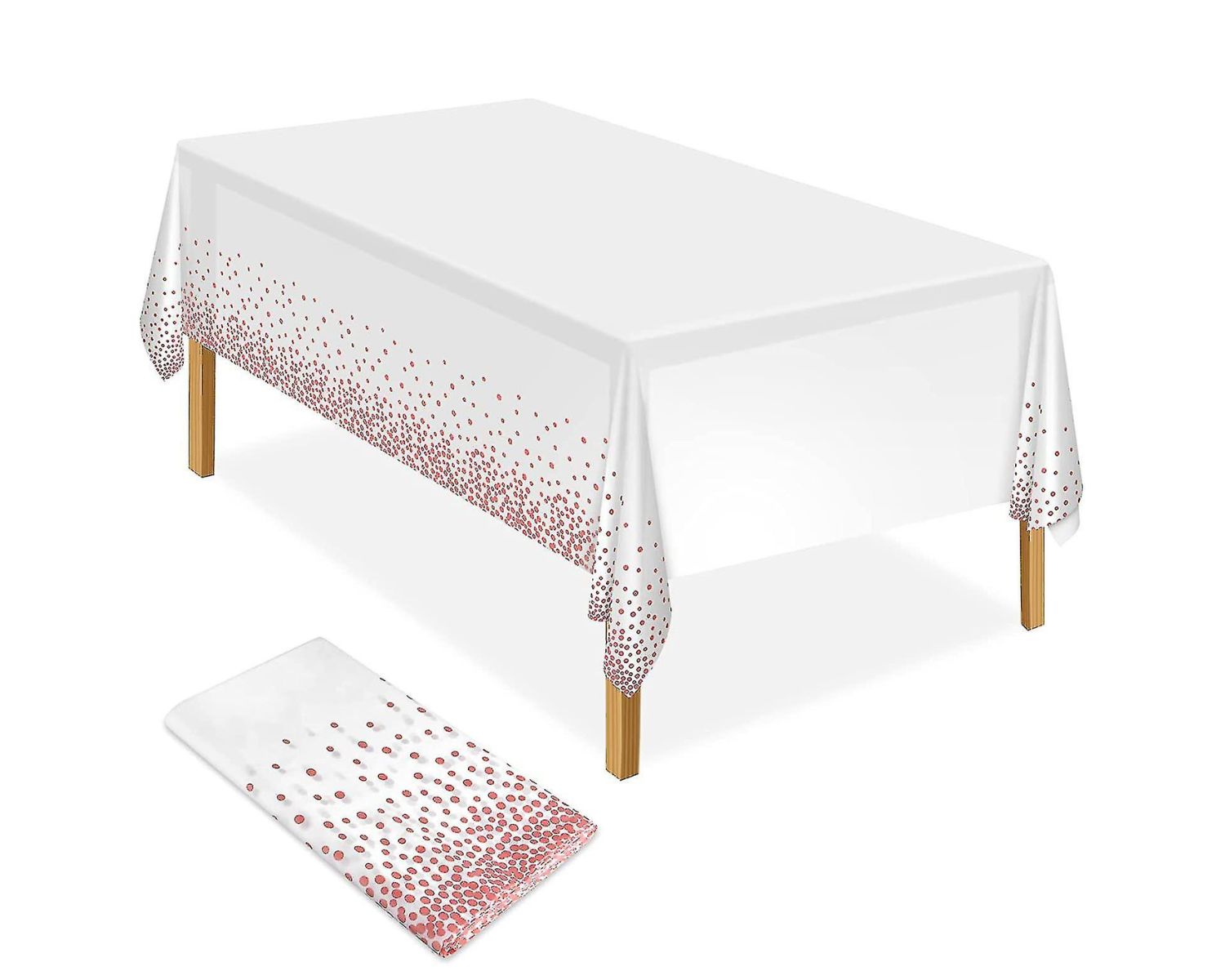
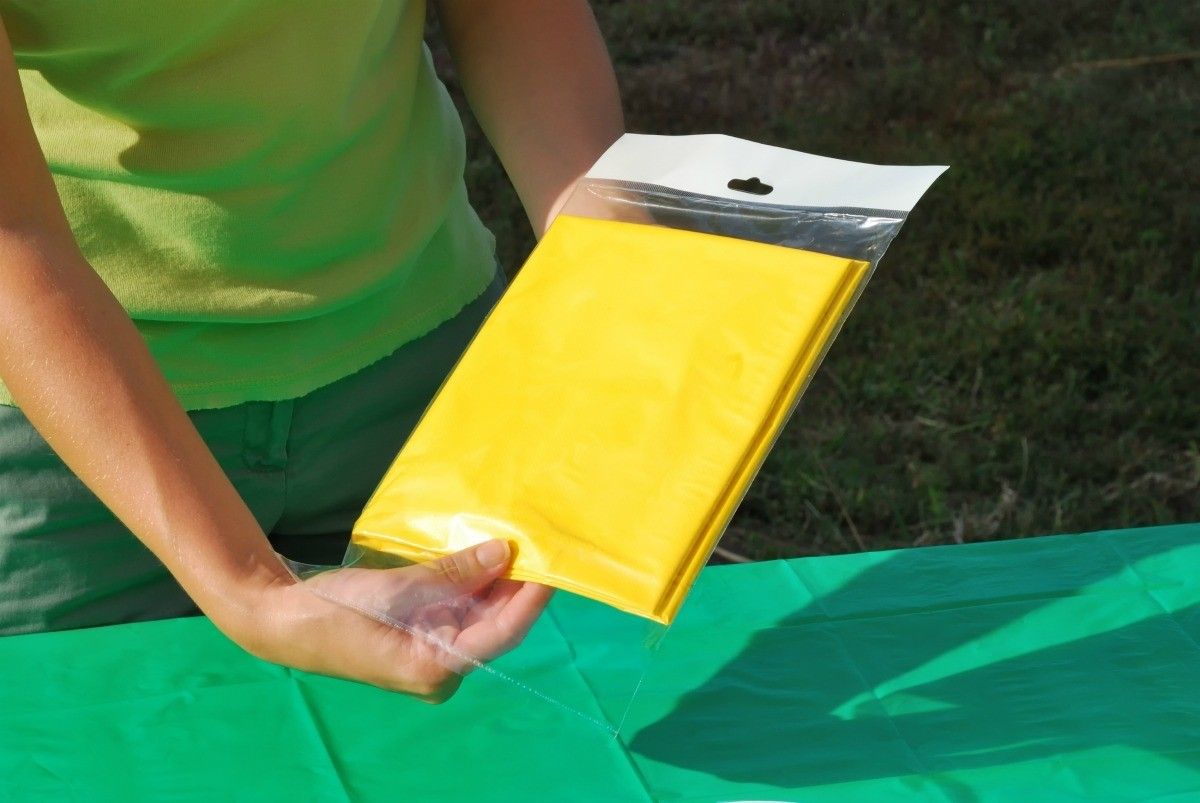
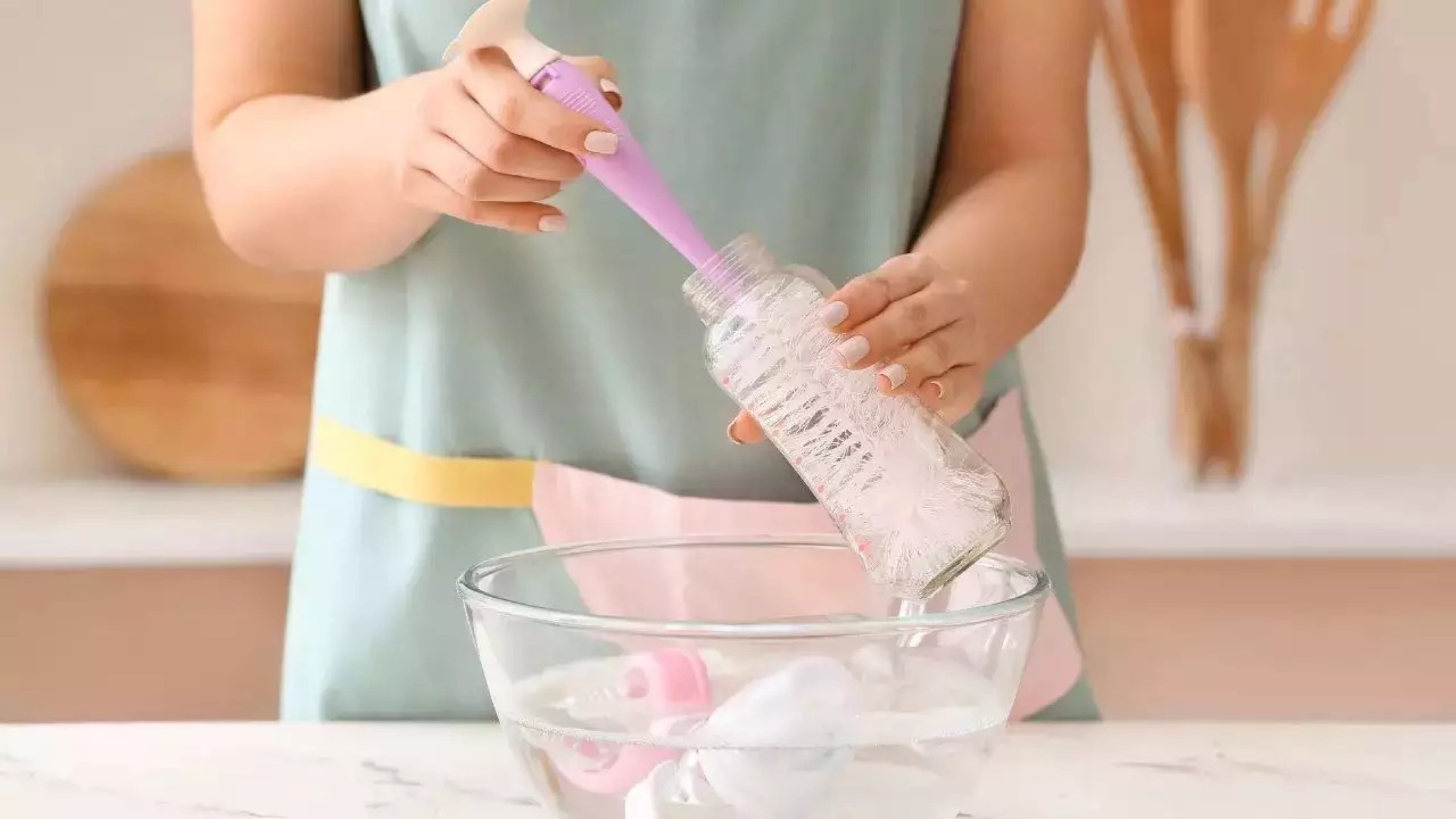
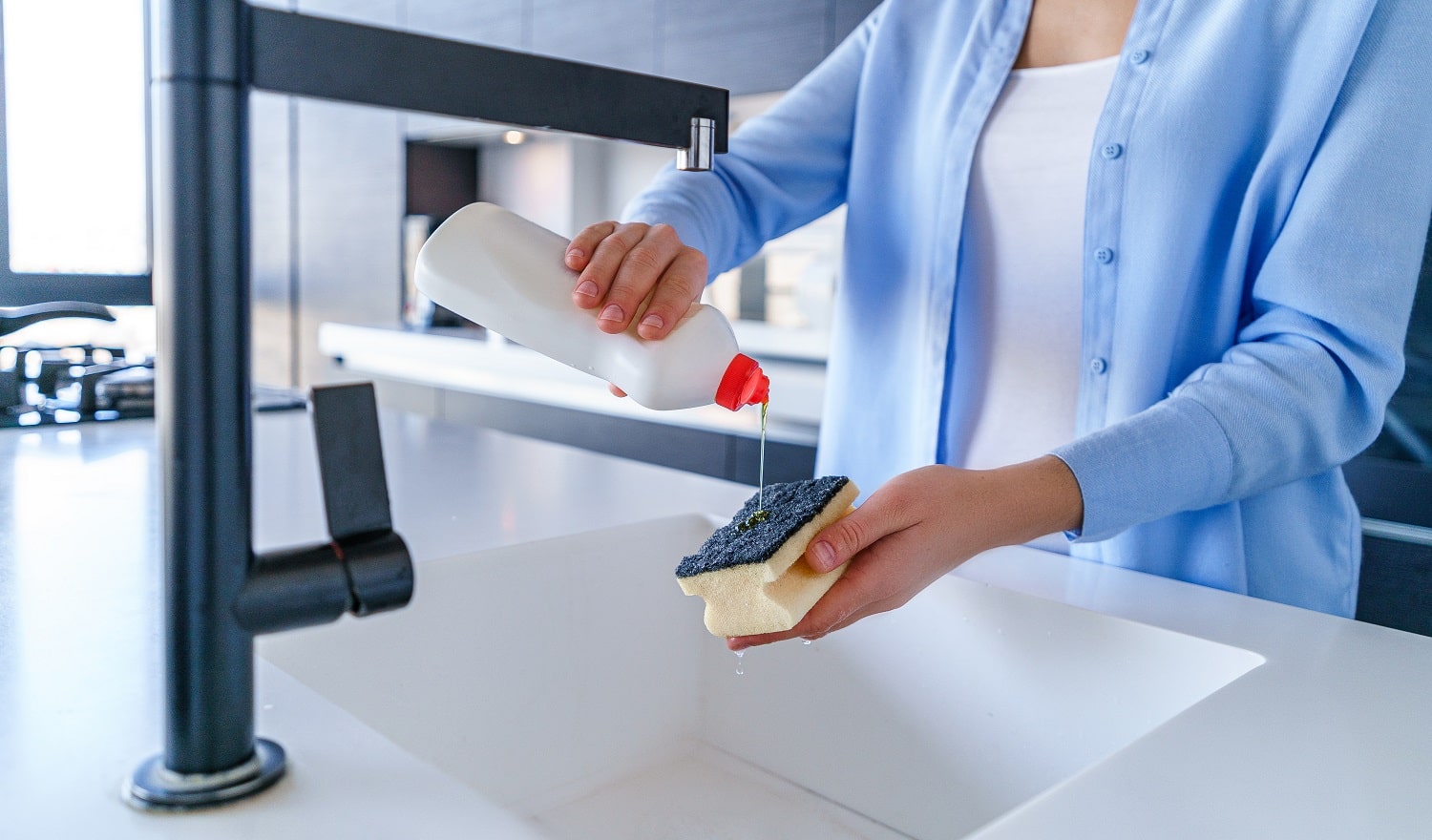
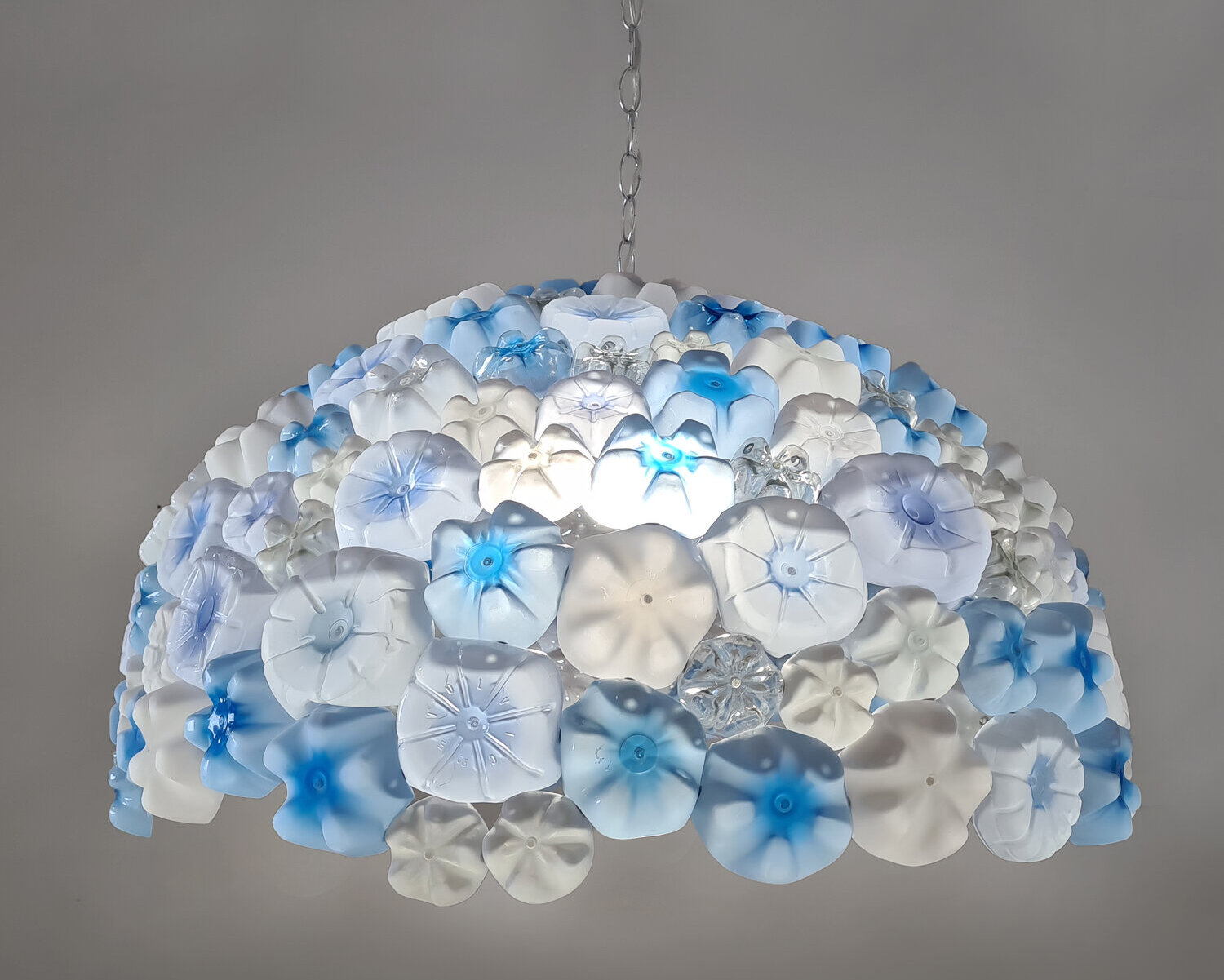
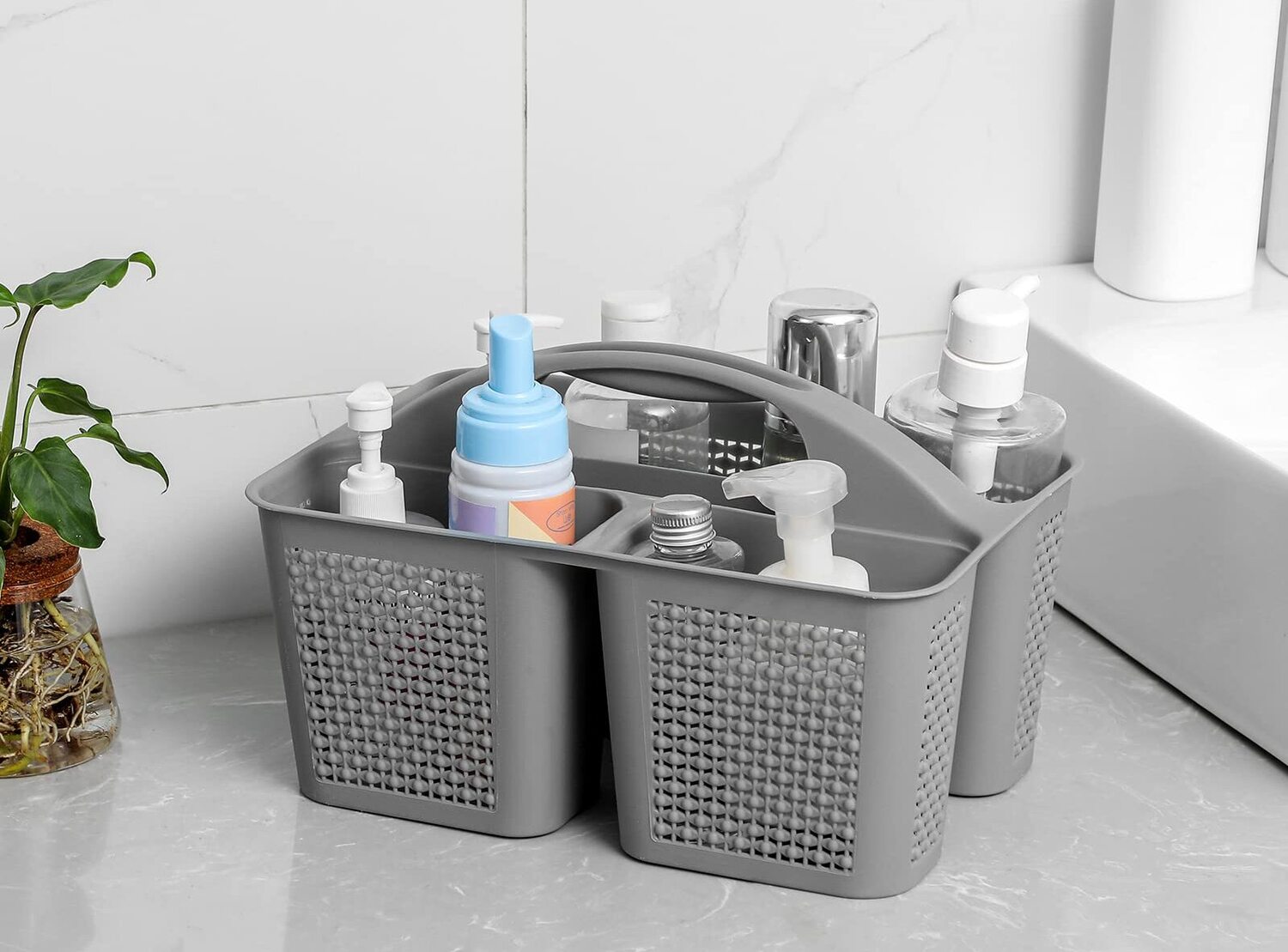
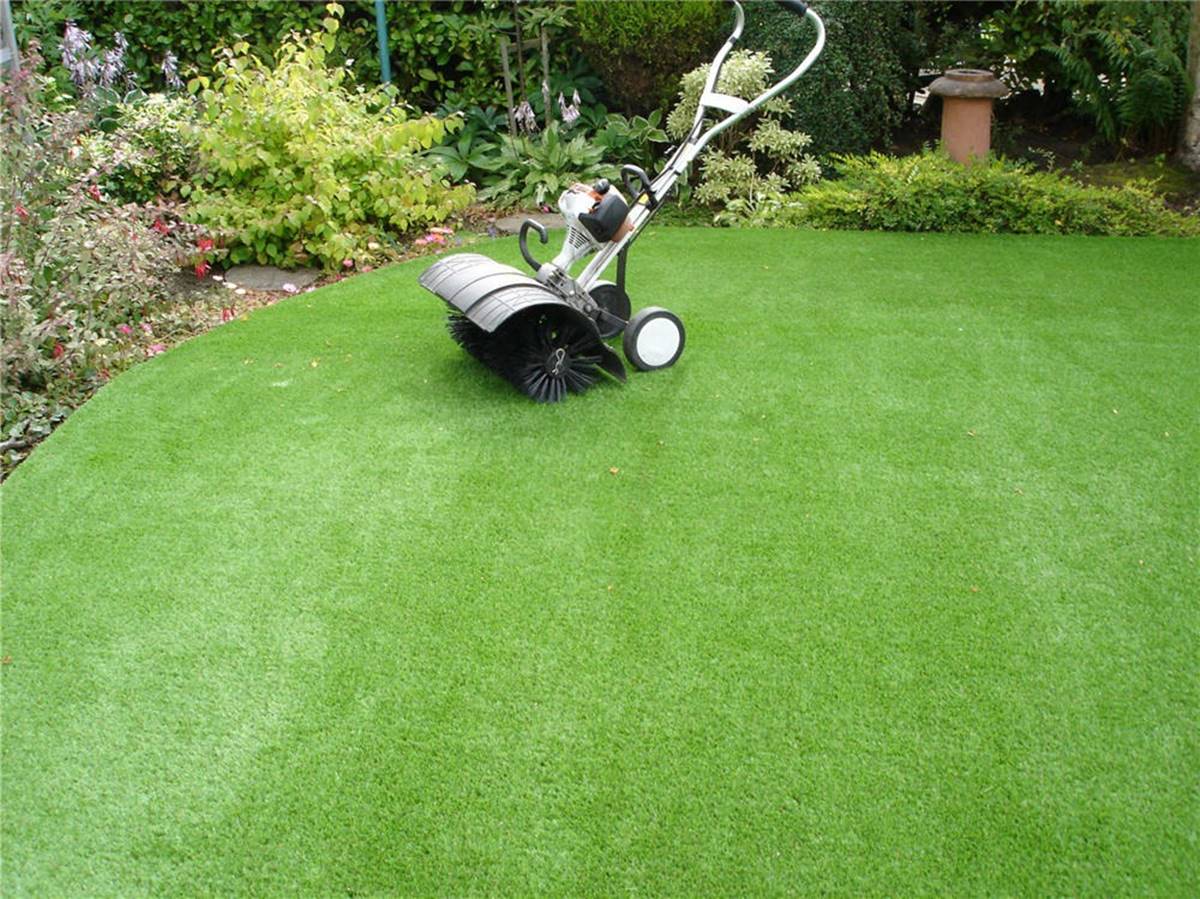
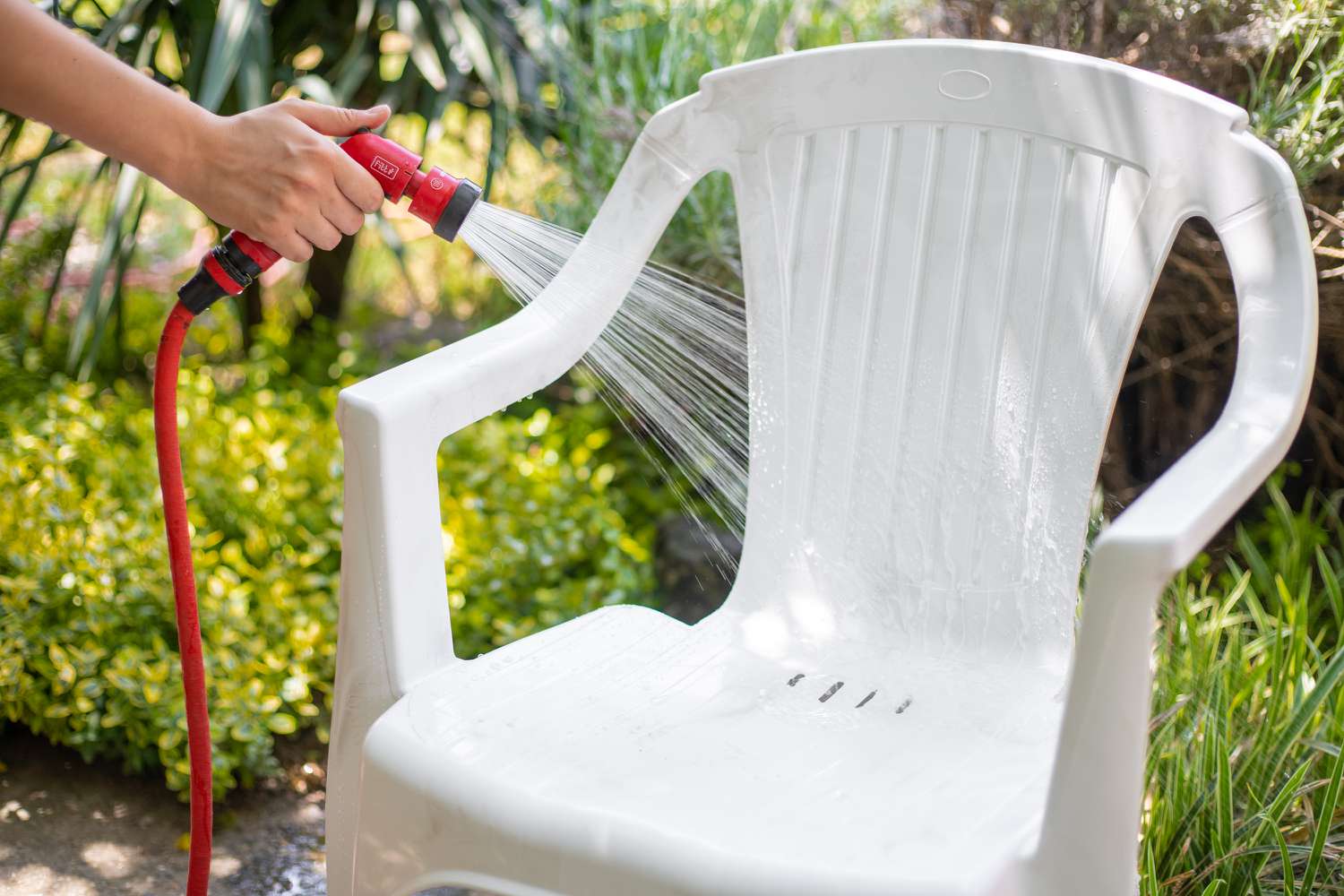
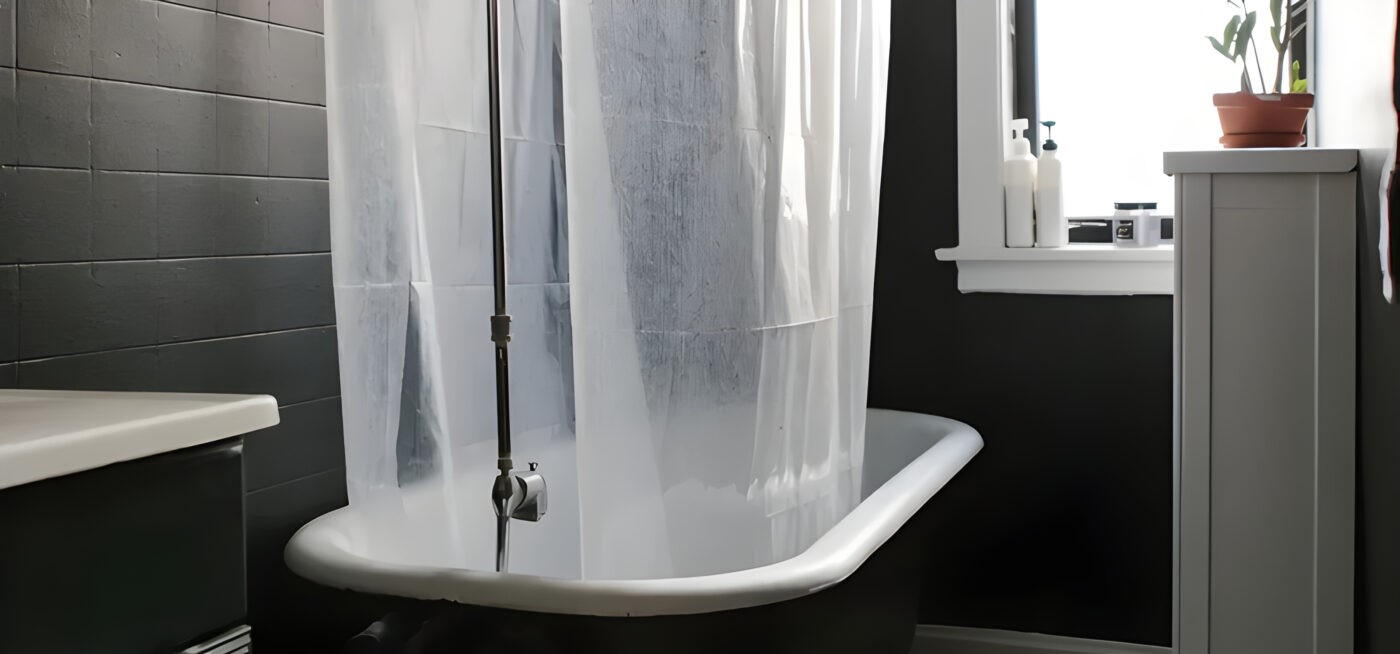

0 thoughts on “How To Clean A Plastic Tablecloth”